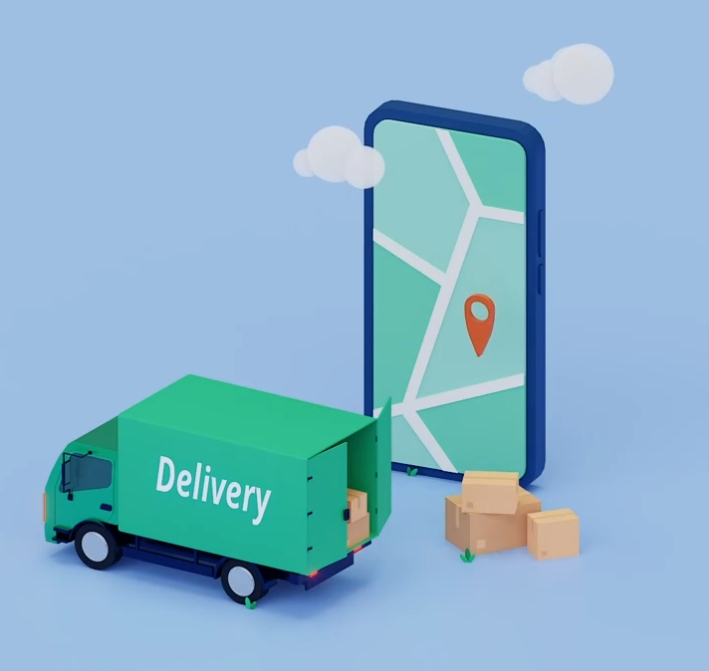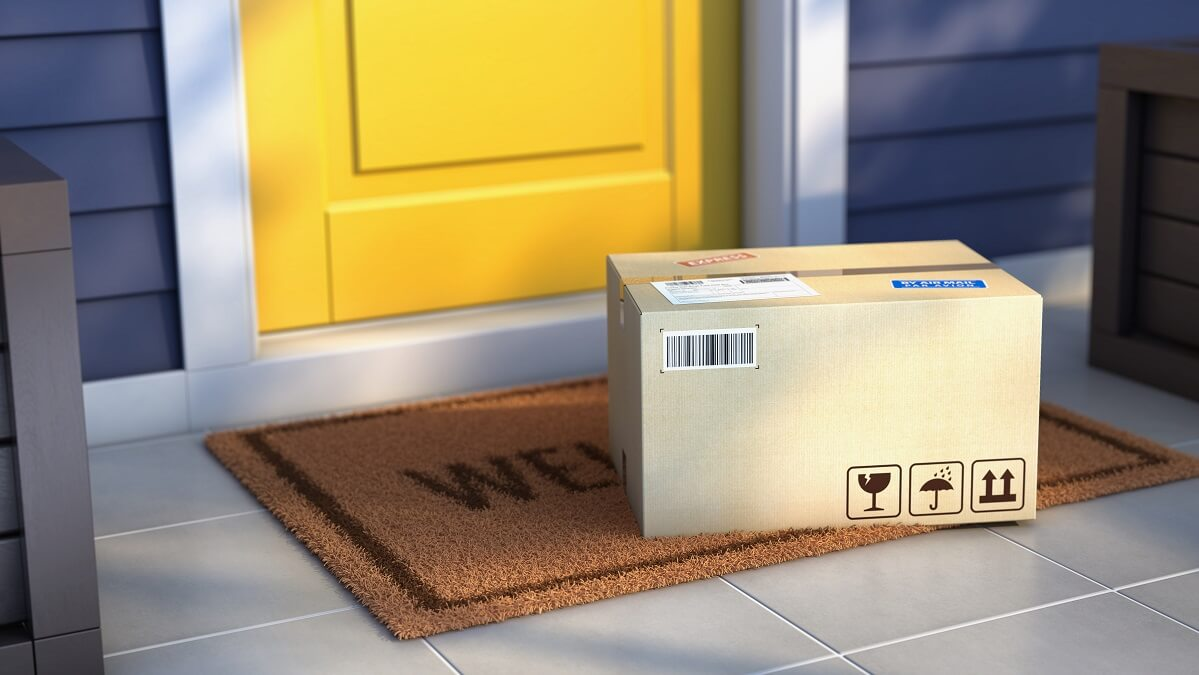How Autonomous Vehicles Are Reshaping Global Logistics
Autonomous vehicles are no longer just experimental tech—they are fast becoming a pivotal part of modern logistics. From long-haul trucking to local deliveries, automation is poised to reshape how goods move globally. For brands that rely on efficient, scalable shipping, this shift opens new doors while introducing fresh complexities.
To stay competitive, logistics providers must bridge the gap between cutting-edge automation and real-world shipping needs. This is where service-driven logistics partners like Postalparcel bring tremendous value—by offering not just tools, but complete carrier management and delivery services, built for the evolving global supply chain.
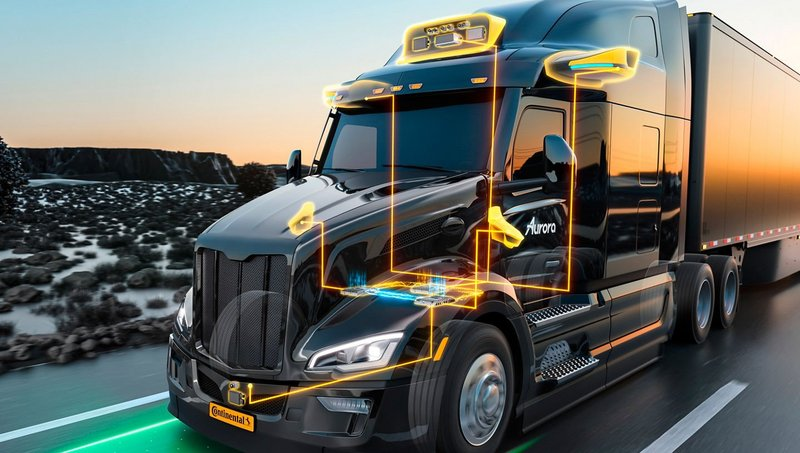
Autonomous Vehicles Are Redefining Fulfillment
As automation matures, it’s already altering the structure of modern fulfillment operations. The role of autonomous vehicles goes far beyond moving packages—it affects how businesses structure inventory, select partners, and plan delivery networks.
Long-Haul Automation: Changing the Pace of Global Shipping
Autonomous trucks are being piloted for inter-city and even cross-border routes. With fewer rest stops and predictable operations, they promise faster delivery timelines and reduced labor dependency. This could particularly benefit 4PL providers managing complex global shipping for DTC and dropshipping models.
But automated transport still relies on expert oversight. Choosing the right routes, customs compliance, and balancing cost-efficiency still require a human touch—exactly the kind of service Postalparcel provides through its integrated carrier management offering.
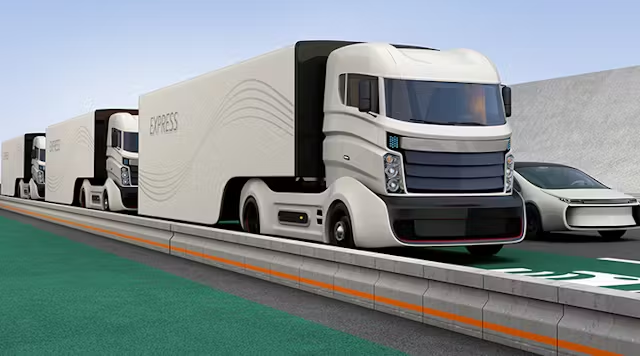
Last-Mile Robots and the Rise of Smart Local Delivery
On the urban front, delivery bots and autonomous vans are handling last-mile logistics in trial markets. These are especially valuable in dense cities or regions where OOH networks (like parcel lockers and shops) are integrated with smart delivery systems.
For clients selling on platforms like Shopify, WooCommerce, or Kickstarter, this means the ability to offer more flexible, tech-forward delivery options—if they have the right fulfillment partner.
Carrier Management Still Drives Performance
Autonomous vehicles may handle the movement, but logistics success still hinges on how carriers are selected, scheduled, and optimized. This is where human-led service is irreplaceable.
Why Carrier Selection Is More Strategic Than Ever
With postal operators (e.g., Royal Mail, USPS) and regional couriers (e.g., Evri, CTT, FAN) serving different markets, brands need tailored routing strategies. Autonomous systems may offer speed, but selecting the right carrier mix still requires regional knowledge, customs familiarity, and rate negotiation.

Postalparcel specializes in this blend of automation and service. Unlike platforms that only offer tracking tools, Postalparcel delivers active carrier coordination, route planning, and service performance reviews—helping brands achieve faster, more reliable deliveries across markets.
A Real Example: Scaling DTC to Eastern Europe
A DTC tech accessories brand recently used Postalparcel to expand into Eastern Europe. Facing unreliable local carriers and high return rates, the brand turned to Postalparcel’s team, which built a hybrid solution using FAN Romania and autonomous APM deliveries. This dropped failed delivery rates by 32% and return processing time by half—achievements automation alone couldn’t have managed.
Inventory & Order Management in the Age of Automation
Autonomous delivery changes how fast goods move—but fast movement without smart inventory creates risk. Brands need unified visibility and flexible control over stock, especially when scaling across warehouses and fulfillment hubs.
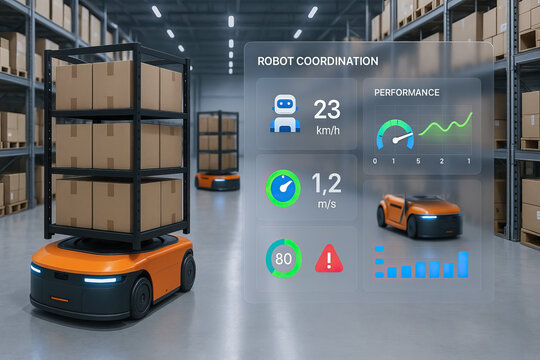
Syncing Inventory with Delivery Capabilities
As delivery windows shrink, real-time inventory matters more than ever. Postalparcel offers inventory and order management services that actively sync with fulfillment systems, helping brands adjust stock levels based on regional demand and shipping trends.
This is especially helpful for Shopify and Kickstarter sellers launching limited runs. By integrating tracking, address validation, and returns logic into inventory planning, Postalparcel gives brands the confidence to grow quickly—without overselling or underserving.
Returns Still Require Human Oversight
Even with automation, returns remain a deeply manual, service-heavy process. Robots can pick up parcels—but they can’t resolve disputes, inspect products, or repackage items.
Postalparcel simplifies reverse logistics with a returns service that combines smart routing, local courier integration, and customer support in multiple languages. With regional hubs and coordinated drop-off options (including OOH points), returns are faster and less costly—even in high-return categories like fashion or electronics.
What Automation Can’t Replace
While autonomous vehicles can reduce labor costs and delivery times, they can’t replace experience, relationship-building, or complex cross-border planning.
Service Still Matters—Now More Than Ever
Autonomous tools enhance logistics, but don’t eliminate the need for expert coordination. With carrier management, delivery optimization, and hands-on inventory services, Postalparcel ensures that automation is an advantage—not a complication.
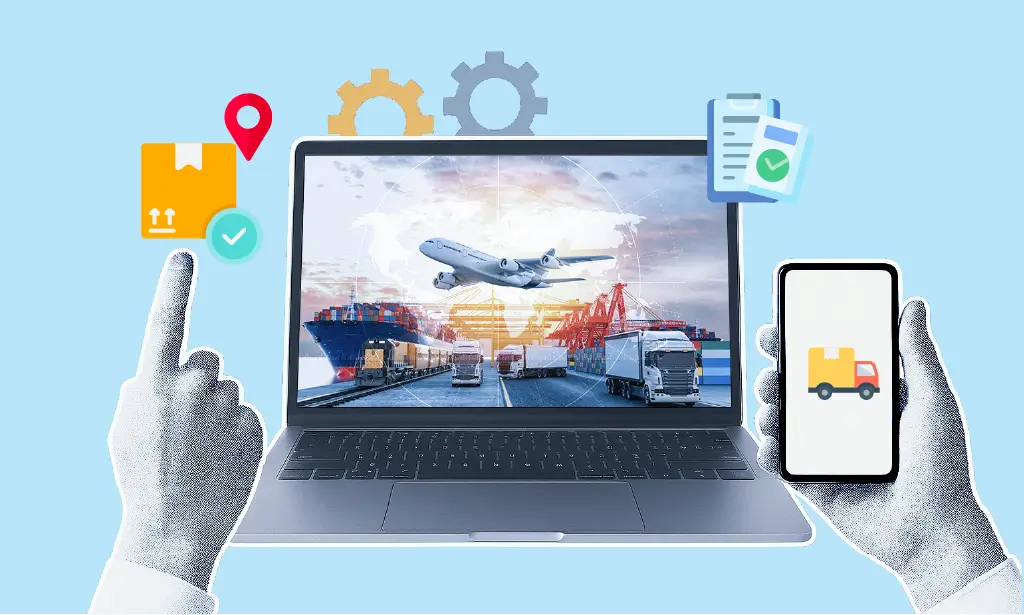
Conclusion
The rise of autonomous vehicles is a major step forward in logistics. But technology alone won’t guarantee success. The future belongs to logistics providers who blend automation with personalized service—ensuring each shipment is not just fast, but well-planned, traceable, and backed by expertise.
Postalparcel is at the forefront of this shift, offering more than a system—delivering a true logistics service that evolves with your business.
Industry Insights
news via inbox
Nulla turp dis cursus. Integer liberos euismod pretium faucibua






